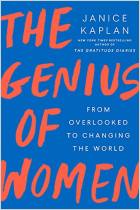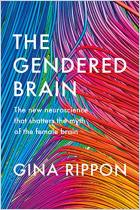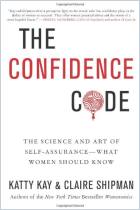
Recommendation
Historically, women have been excluded from scientific discourse and have struggled to get the credit they deserve, and the resources they need, when working in STEM. Today, the gender gap in STEM remains significant. But women’s contributions are necessary if humanity is to find solutions to global challenges, from pandemics to climate change, says renowned University of Cambridge physicist Athene Donald. Learn how systemic factors and biases perpetuate the gender gap in STEM while gleaning insights into the concrete steps you can take to fight for equity.
Summary
About the Author
Athene Donald is a physicist, the master of Churchill College and a professor emerita of experimental physics at the University of Cambridge.
Learners who read this summary also read
Book
Book
Book
Book

















Comment on this summary or Iniciar a Discussão